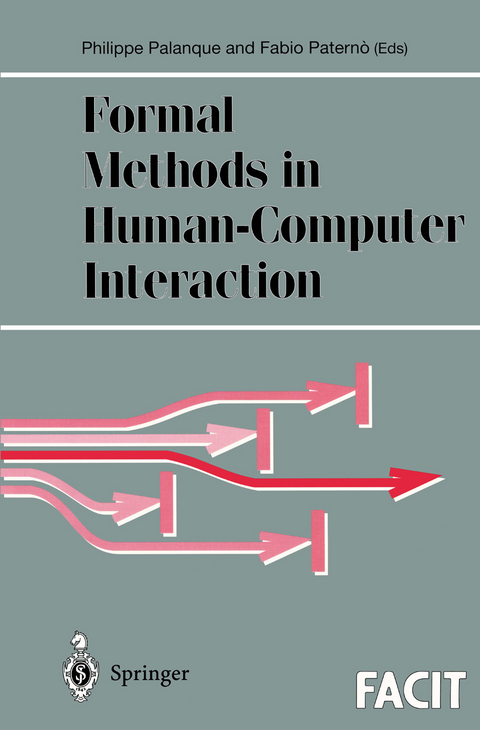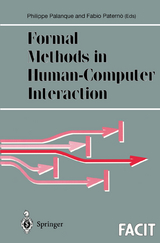Formal Methods in Human-Computer Interaction
Springer Berlin (Verlag)
978-3-540-76158-7 (ISBN)
I Modelling Techniques.- 1 Specifying History and Backtracking Mechanisms.- 2 How to Model a Web (Without Getting Tangled in Nets).- 3 Software Architecture Modelling: Bridging Two Worlds Using Ergonomics and Software Properties.- 4 A Formal Approach to Consistency and Reuse of Links in World Wide Web Applications.- 5 Using Declarative Descriptions to Model User Interfaces with Mastermind.- II Approaches to the Formal Specification.- 6 XTL: A Temporal Logic for the Formal Development of Interactive Systems.- 7 Interaction Object Graphs: An Executable Graphical Notation for Specifying User Interfaces.- 8 Specifying a Web Browser Interface Using Object-Z.- 9 Modelling Clients and Servers on the Web Using Interactive Cooperative Objects.- 10 Development of a WWW Browser Using TADEUS.- 11 Algebraic Specification of a World Wide Web Application Using GRALPLA.- III Approaches to the Formal Evaluation.- 12 TLIM, a Systematic Method for the Design of Interactive Systems.- 13 Electronic Gridlock, Information Saturation and the Unpredictability of Information Retrieval over the World Wide Web.- 14 From Formal Models to Empirical Evaluation and Back Again.- 15 A Component-Based Approach Applied to a Netscape-Like Browser.- References.- The Web Browser Case Study.- Index of Key Words.- Index of Authors.
| Erscheint lt. Verlag | 29.10.1997 |
|---|---|
| Reihe/Serie | Formal Approaches to Computing and Information Technology (FACIT) |
| Zusatzinfo | XVII, 376 p. |
| Verlagsort | London |
| Sprache | englisch |
| Maße | 155 x 235 mm |
| Gewicht | 604 g |
| Themenwelt | Informatik ► Software Entwicklung ► User Interfaces (HCI) |
| Mathematik / Informatik ► Informatik ► Theorie / Studium | |
| Schlagworte | formal specification • Human-Computer Interaction (HCI) • interactive system • Logic • Mensch-Computer-Kommunikation • Usability • user interface • User Interface Design |
| ISBN-10 | 3-540-76158-6 / 3540761586 |
| ISBN-13 | 978-3-540-76158-7 / 9783540761587 |
| Zustand | Neuware |
| Haben Sie eine Frage zum Produkt? |
aus dem Bereich




